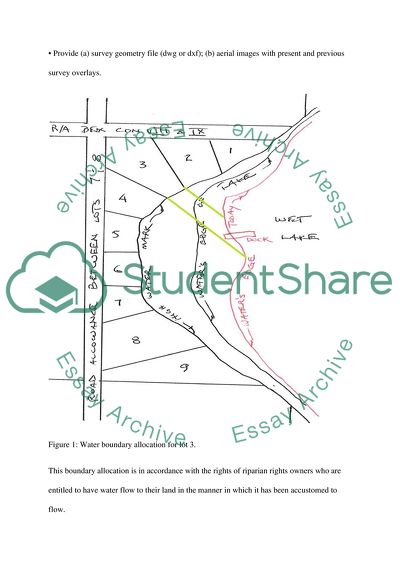Cite this document
(“Township of Twisted Water Boundary Assignment Example | Topics and Well Written Essays - 1500 words”, n.d.)
Township of Twisted Water Boundary Assignment Example | Topics and Well Written Essays - 1500 words. Retrieved from https://studentshare.org/environmental-studies/1818687-confirmation-of-boundaries
Township of Twisted Water Boundary Assignment Example | Topics and Well Written Essays - 1500 words. Retrieved from https://studentshare.org/environmental-studies/1818687-confirmation-of-boundaries
(Township of Twisted Water Boundary Assignment Example | Topics and Well Written Essays - 1500 Words)
Township of Twisted Water Boundary Assignment Example | Topics and Well Written Essays - 1500 Words. https://studentshare.org/environmental-studies/1818687-confirmation-of-boundaries.
Township of Twisted Water Boundary Assignment Example | Topics and Well Written Essays - 1500 Words. https://studentshare.org/environmental-studies/1818687-confirmation-of-boundaries.
“Township of Twisted Water Boundary Assignment Example | Topics and Well Written Essays - 1500 Words”, n.d. https://studentshare.org/environmental-studies/1818687-confirmation-of-boundaries.


